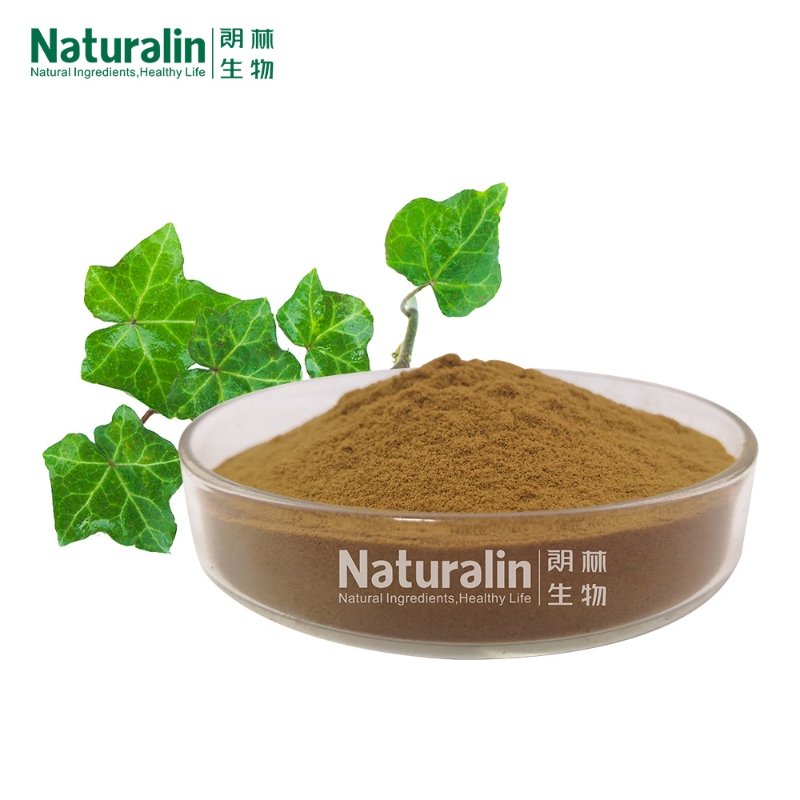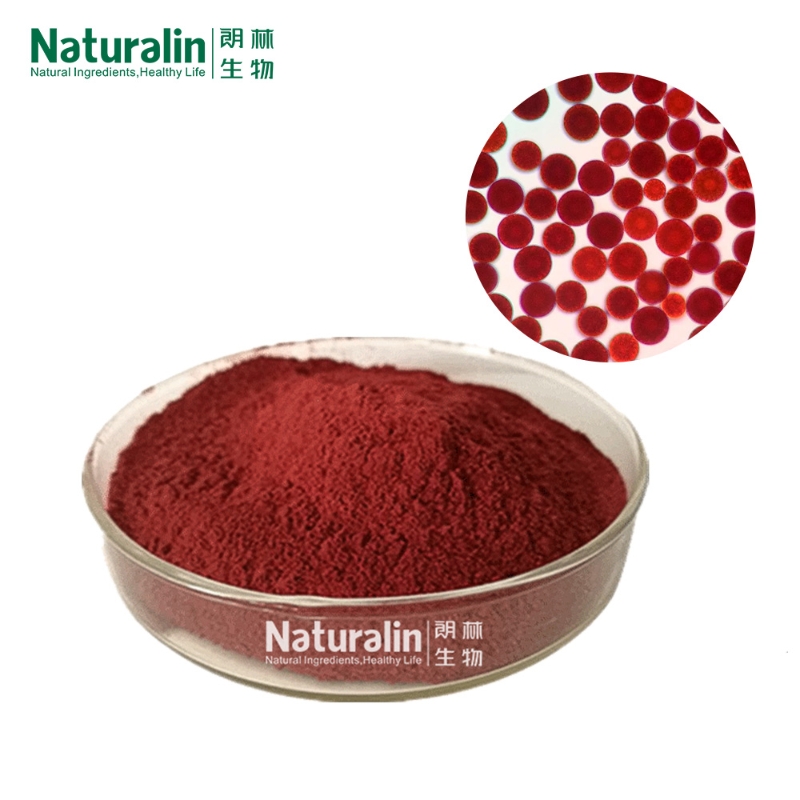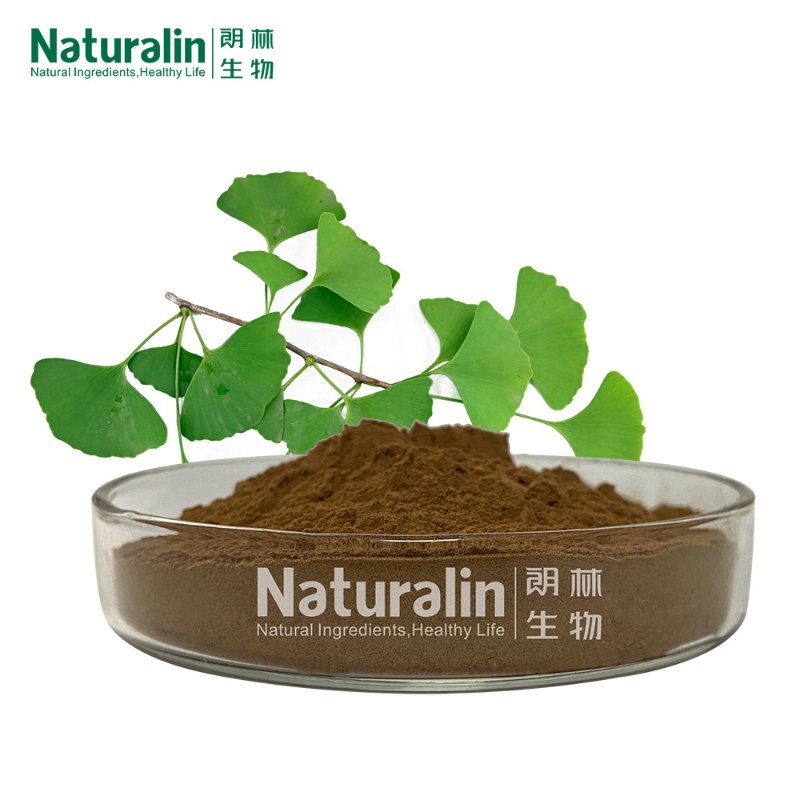Longan
-
Last Update: 2021-03-14
-
Source: Internet
-
Author: User
Search more information of high quality chemicals, good prices and reliable suppliers, visit
www.echemi.com
The disease-free colong eye is an evergreen fruit tree. Also known as Gui Yuan, puzzle. Anciently known as Loam, take its form. Originally from southern China, Hainan and southeastern Yunnan, there are still dredging wild forests. Has more than 2000 years of cultivation history. Han Wu emperor when the captain (King of South Vietnam) on the tribute began to be famous. The tree is 10 to 15 meters high and the bark is rough. Branch a lot, slightly sagging. Even feather-shaped compound leaves, to live or resusced, small leaves 4 to 6 pairs, leather, long round or shawl-shaped flower sequence, small flower yellow and white, with short terriers, heterogeneous branches, very few flowers of both sexes. Fruit fruit round or flat round, outer skin yellow-brown, there is no obvious small tumor body, diameter 1.5 to 2.8 cm, the flesh is a fake skin, white flesh. Seeds round, red-brown or purple-brown, shiny. Countries with more cultivation are Thailand, India, Vietnam and so on. China has the most cultivation in Fujian, followed by Guangdong, Hainan, Guangxi, Taiwan, Yunnan, Sichuan and other places have also cultivated, there are nearly 400 varieties, the main "Fu Eye", "Ulongling", "Stone", "U yuan" and so on.
is a subtropical fruit tree, suitable for loose deep, rich
organic
soil. pH grows best between 5 and 6.5. The root system is large, has candrop-like root, the resistance is strong. The maximum temperature for growth is 23 to 26 degrees Celsius. At -0.5 to -4 degrees C, the branches show different degrees of frostbite. In the fruit increase and the result of the summer germination of the mother branch occurred for a long period of time more water, but do not accumulate water. The buds fall off easily when the temperature is too high or the humidity is too high during the flowering period. Generally flowers from March to April, and the fruit ripens from August to September. The phenomenon of large and small years is serious. Multi-use pressure bar and chimed, by grafting and other grafting method to reproduce. Grafting seedlings can be out of the □. 3 to April planting, 15 to 20 plants per acre is appropriate. Young tree pruning mainly to enlarge the canopy, the removal of cluttered branches. After entering the result period, in order to reduce the occurrence of the phenomenon of large and small years, it is appropriate to carry out dredging fruit. Fertilize throughout the year, focusing on the growth of young fruit. Harvesting should avoid tearing branches, pay attention to protect the fruit spike and the mother branch between the puffy buds. The main pests and diseases are plex disease, lychee, small gray butterfly, brown oxen and so on.
fruit is crisp and fragrant, with a Chinese speciality with the same name as lychee, in addition to fresh food, can be processed dry, is a traditional Chinese precious tonic food.
This article is an English version of an article which is originally in the Chinese language on echemi.com and is provided for information purposes only.
This website makes no representation or warranty of any kind, either expressed or implied, as to the accuracy, completeness ownership or reliability of
the article or any translations thereof. If you have any concerns or complaints relating to the article, please send an email, providing a detailed
description of the concern or complaint, to
service@echemi.com. A staff member will contact you within 5 working days. Once verified, infringing content
will be removed immediately.







